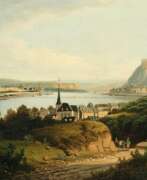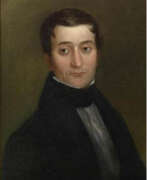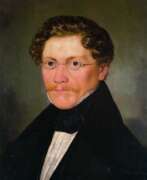Cityscape Biedermeier


Heinrich Bürkel was a German artist of the mid-nineteenth century. He is known as a painter and graphic artist, representative of the Biedermeier style.
Heinrich Bürkel specialized in genre and landscape paintings, especially winter landscapes. He often used Staffage and depicted animals. His work showed the influence of the old Dutch and Italian masters. Bürkel enjoyed great popularity, his paintings were actively acquired for private collections, including in America. The master painted about 1000 paintings and created about 6000 drawings.
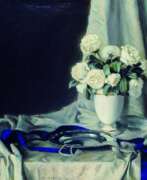

Paul Walter Ehrhardt was a German painter of the Munich School. Paul W. Ehrhardt studied with Max Thedy at the Grand Ducal Saxon Art School in Weimar and with Paul Hoecker at the Academy of Fine Arts in Munich. From 1906 he exhibited regularly in the Munich Glass Palace and at the Great Berlin Art Exhibition. Ehrhardt painted atmospheric Biedermeier interiors in muted tones. During the Nazi regime he was one of the most sought-after artists. Except for 1938, from 1937 to 1944 he was represented with 19 paintings at seven Great German Art Exhibitions in Munich, of which Hitler acquired three and the Nazi leader Joachim von Ribbentrop one. His works were represented at auctions until 2006.
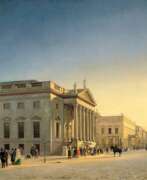

Johann Philipp Eduard Gaertner was a German painter of the second quarter of the 19th century, the Biedermeier era. He is known as a landscape painter, famous for his views of Berlin and other cities.
Eduard Gaertner created many architectural landscapes of Berlin, as well as St. Petersburg and Moscow during his travels to Russia. The value of these works is that they documented the appearance of the cities on the eve of the age of photography. Gaertner's painting style underwent a change after the death of King Friedrich Wilhelm III, his patron. In keeping with the cultural attitudes of Prussia's new ruler, the artist began to paint more romantic and idealized landscapes in which architecture played a decorative role.
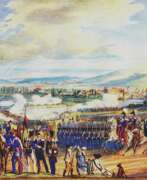

Gustav Kraus, also known as Gustav Friedrich or Gustav Wilhelm, was a Bavarian painter and lithographer.
He studied at the Munich Academy of Fine Arts and was admitted as a member of the Munich Art Society, and is considered a representative of the Biedermeier. In 1836 he founded his own lithographic publishing house. In his landscape works, Kraus combined topographical precision with artistic quality.
His urban and architectural vedute, depictions of historical events, including maneuvers, parades, processions, inauguration ceremonies, portraits of noble contemporaries, sketches of costumes and uniforms were published by many publishing houses. One of the most valuable of Kraus's works today is the depiction of the Oktoberfest procession of 1835 with 24 colorful lithographs.
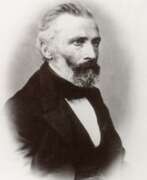

Friedrich Loos was an Austrian Biedermeier style painter, etcher and lithographer.
He studied at the Vienna Academy with Joseph Mössmer and also went on study tours through the Austrian Alpine regions. From 1835 to 1836 he lived in Vienna, and as of 1846 he sojourned in Rome. He then moved to Kiel, where he worked as a drawing teacher at the university as of 1863.
